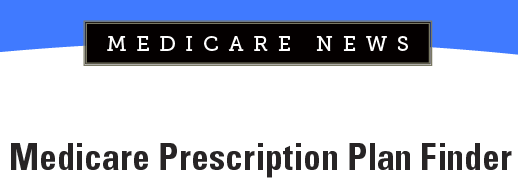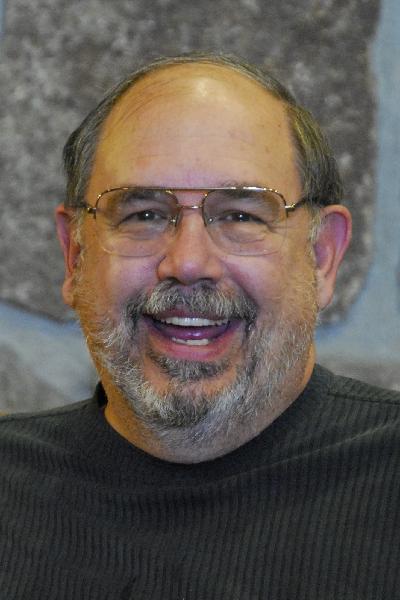
A pro shares his best tips
By Harry P. Thal
Writing a Medicare Part D prescription drug plan is somewhat time consuming and the the commissions are small, but there are payoffs. I should know. As of this writing, for 2019 my office has written or re-written 491 PDP applications. Yes, during the AEP I need to hire seasonal help to get us through — not only the PDP plans, but also all those MA plans which we re-evaluate annually. I must qualify this to advise that I live in a rural area with a total population of about 12,000, counting the cluster of communities in and surrounding the Kern River Valley. For the geographically challenged, it is the communities around Lake Isabella, about an hour and fifteen minutes northeast of Bakersfield.
I dare say, all of the medical providers, social workers, and other medical and mental health people recognize our services and feed us a stream of new business each year. Customer service is the crux of the business, and we assist many low-income as well as the middle class. Few high-income people reside here, or if they do they are hiding it well.
The service of recommending the prescription drug plans begins with getting appointed with all the carriers that will use independent agents. If a client will benefit from a plan that does not use agents (pay commissions) we will go online and assist them in the enrollment. I do track them in the database, as next year the better plan just might be one we can help with.
In our database, we record and save the Medicare.gov Drug List ID, password date and their zip code. I have another field for “update” as needs change over the years. Our main source of data for comparison is Medicare.gov. This past AEP we researched 1,200 or so client prescription lists, and recommended changes to 449 people. We track the difference between the current year’s out-of-pocket costs to the client against the recommended plan for the coming year. For 2019, we saved our clients $669,779.10. In 2018, we saved our clients $755,452.70. An aside: all of this data sure makes a great press release.
When using Medicare.gov I have found one area that we were making mistakes on. When evaluating a MA-PD plan, I really wanted to recommend a particular plan because of the plan’s benefits and the medical provider group. But Medicare.gov indicated it was second to a plan that had lesser benefits, but a much better price. It was worth looking further as all the medications were generic.
The client’s present Special Needs plan had a monthly pharmacy copay cost of $121.00 with one medication, Tizanidine having a copay of $90.00. The remaining eight medications were from $0.00 to $15.00.

The plan I favored had a monthly copay for the nine generic medications of $264.00. The Tizanidine was not on the formulary for this company, and the “Full Retail Cost of Drug” was listed on Medicare.gov as $250.27. Six of the remaining eight drugs had a $0 co-pay and one for $5.73 and the other $8.00. These were all medications that we see regularly, but I was bummed about the cost of the Tizanidine. My resource for medications that are not covered by insurance, or when the cost is high, is a great website: www.goodrx.com. We refer clients to this site all the time. To avoid the coverage gap, sometimes certain medications can be bought with GoodRx coupons for less that the copays. In this instance, my client can take the coupon we printed out for her and bring it to Safeway and pay $14.09. So with the recommended new plan and the coupon, the total monthly pharmacy cost will be $27.82. That is a monthly savings of $94.00. Add this to the $100.00 per quarter OTC benefit, unlimited transportation, tele-doc and other benefits lacking on her current plan and my new client left the office as a happy camper. Two hours later she returned. She brought us a houseplant and another “thank you.”
But one word of caution: the use of coupons needs to be at a pharmacy other than the one they regularly use for their insurance. People always ask me what I owe them for our services. I shock them by saying that we don’t charge money, as we are paid by the insurance companies. We represent most plans in our county, and therefore we help you select the plan that’s best for your needs — not the one a particular company is pushing, as they all pay us about the same. However, there is a cost. I now reach into my desk drawer and remove a vinyl plastic business card case which contains a set of my business cards. I say, “While I don’t charge you money, there is a price to pay. You are responsible for helping your friends and family by directing them to us if they need health insurance.” I never ask for names or numbers. Why bother? People don’t like doing it and for MA and PDP plans it isn’t allowed.
Providing service to the community does bring dividends and new business. I am currently licensed in 27 additional states and even help my clients when they move to live nearer to family as they age.

Harry P. Thal, MA, is a licensed insurance broker in California and 27 other states. His offices are in Kernville. He is a member of the Society of Certified Senior Advisors and past-president of the Kern Association of Health Underwriters. He may be reached at 760-376-2100, e-mail harrythal@aol.com.
